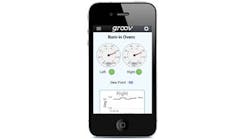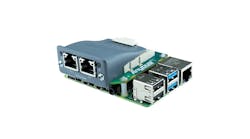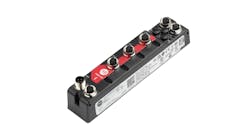Engineers Use Smartphones to Monitor and Control Entire Manufacturing Plants
Michael Hake is facilities technician at an electronics manufacturer in Bohemia, N.Y. His company uses Opto 22's groov and four Android and two Apple smartphones to monitor and control its facilities.
Hake says it was "very plug and play." He then built operator interfaces in groov, created user and group accounts, and assigned access permissions and operator rights to employees based on job, department and other criteria. "I'm using Opto22 PACs with PAC Display and Opto22 EMU energy management components that interface with groov," he says. These components connect via Ethernet and OPC, and groov connects to the smartphones via a secure wireless VPN.
With this setup, Hake can access information from air conditioning systems, oil burners, air compressors, vacuum pumps, hot water heaters and manufacturing equipment. He can also monitor energy consumption, temperature and humidity in two buildings.
Using a smartphone, he can monitor and control equipment. "We control various parameters," he says. "We can schedule overrides, turn air compressors and vacuum pumps on and off, change temperature setpoints for cooling, adjust temperatures for oil burners and override outside lights."
The smartphones don't replace the existing Windows PC-based operator interfaces. Explains Hake, "Groov augments those HMIs; it doesn't replace them." He says it makes essential information and control capabilities immediately available, while the HMIs provide information that's valuable for analysis and diagnostics.





